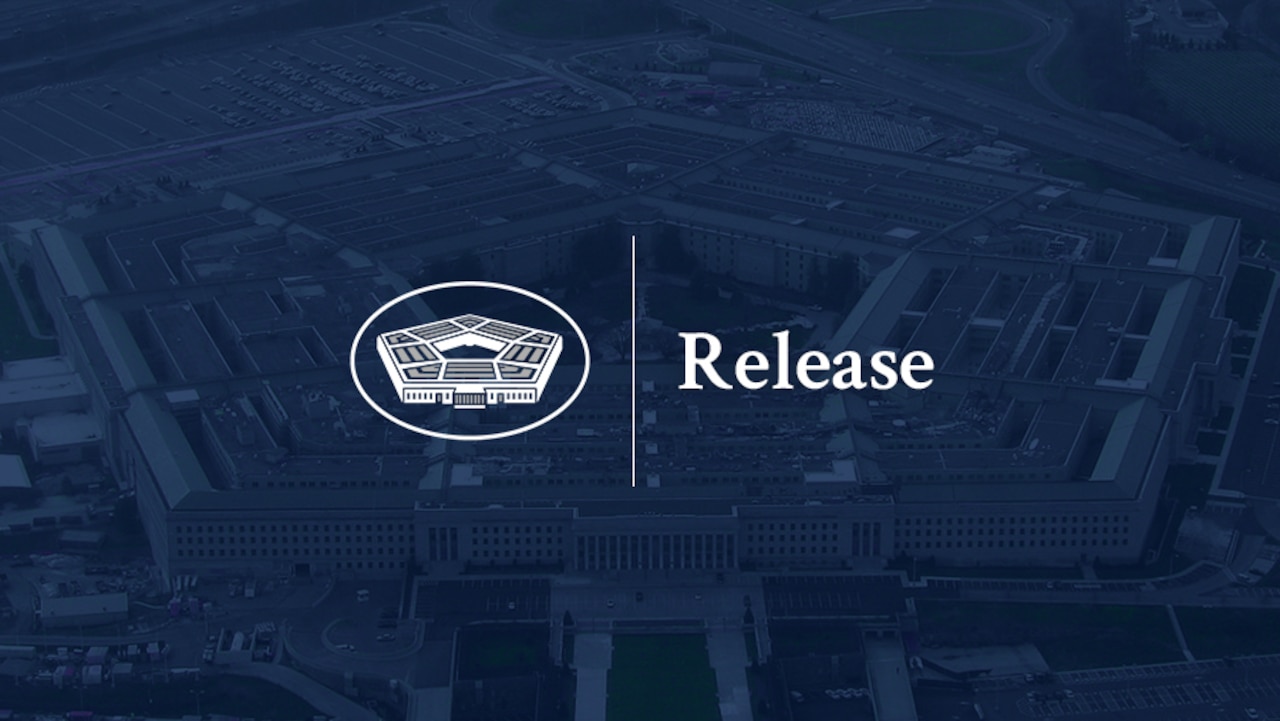- Reaction score
- 8,572
- Points
- 1,160
Not sure Colin. I do know who will be on the hook for it though.

Not the Canadian people. The Government will take on the costs so that we don’t have to.Not sure Colin. I do know who will be on the hook for it though.
Any KO who signs on to a more than 5% increase / year on a FFP contract probably should be terminated.So people are suprised that 8 years later the price has gone up? The inflation on military equipment even before the current inflationary pressues is 10-15% per year. Over 8 years that easily gets you past 100% inflation on the original contract.
Not the Canadian people. The Government will take on the costs so that we don’t have to.


Frankly it comes across as a concerted effort to sink the entire project. I question the entire approach. I'd love to have the bobble heads who keep revising these costs ever upwards to sit down with some private sector accountants/auditors and defend their numbers - in an open forum for the public to see, no closed doors, no redacted documents.Any KO who signs on to a more than 5% increase / year on a FFP contract probably should be terminated.
Down here until FY22, 3-4% had been standard.
Also most contracts if extended won’t just accept a ‘let’s keep going up’ price from the previous contract end. I know several that went down, as in general the more you build gives an economy of scale and most companies are trying to trim fact in their productions.
I’m baffled at anyone that would no do a firm fixed price contract for munitions or weapons, I can understand it for larger systems, but a torpedo is simply a consumable munition.
Of course it's a effort to sink the program. There is a very strong element in Ottawa and Canada that would nothing better to see the country disarmed. And others who would like to see different outcomes.Frankly it comes across as a concerted effort to sink the entire project. I question the entire approach. I'd love to have the bobble heads who keep revising these costs ever upwards to sit down with some private sector accountants/auditors and defend their numbers - in an open forum for the public to see, no closed doors, no redacted documents.
Dey don’t need no Cadillac submarines….Canada doesn’t even get to sit at the kids table and play with Lego…

Development of hypersonic weapons discussed at first Aukus meeting
Aukus is a defence pact between the three countries to help identify a nuclear-powered submarine for the Australian Navy,www.forces.net
It's still going. Projects don't generally put out public info unless something has changed (positively or negatively).Or any at all - oh and the F35 thing? How’s that going?
Wasn't the F35 contract with LM supposed to be wrapped up by the end of 2022?It's still going. Projects don't generally put out public info unless something has changed (positively or negatively).

all very interesting but both the American and the British yards have a full schedule supplying boats for their own countries and building subs is a specialist task. So where does an Australian build fit in over the next dozen years, before the current fleet times outUpdate from 3EYs:

AUKUS Defense Ministerial Joint Statement
Secretary of Defense Lloyd J. Austin III hosted the Honourable Richard Marles MP, Deputy Prime Minister and Minister for Defense, Australia, and the Right Honourable Ben Wallace, Secretary of Statewww.defense.gov
I’m thinking that once 2EYs expanded to 3EYs, they resolved to figure that out.all very interesting but both the American and the British yards have a full schedule supplying boats for their own countries and building subs is a specialist task. So where does an Australian build fit in over the next dozen years, before the current fleet times out
So Australian yards updated the CMS, doing both the installation & integration work.Subs have been built in Australia before, and interestingly enough the only fabrication defects encountered in the program were in early sections built overseas.
Since then, the combat management system was updated (changed over) to the USN's AN/BYG-1, with integration and installation work being completed locally. The upcoming Collins mid life upgrade program will also be substantial.
Replacing the CF-18 was an ‘urgent priority’ when JT first got into office.Wasn't the F35 contract with LM supposed to be wrapped up by the end of 2022?
Political maskirovka…Replacing the CF-18 was an ‘urgent priority’ when JT first got into office.
When was that again?

